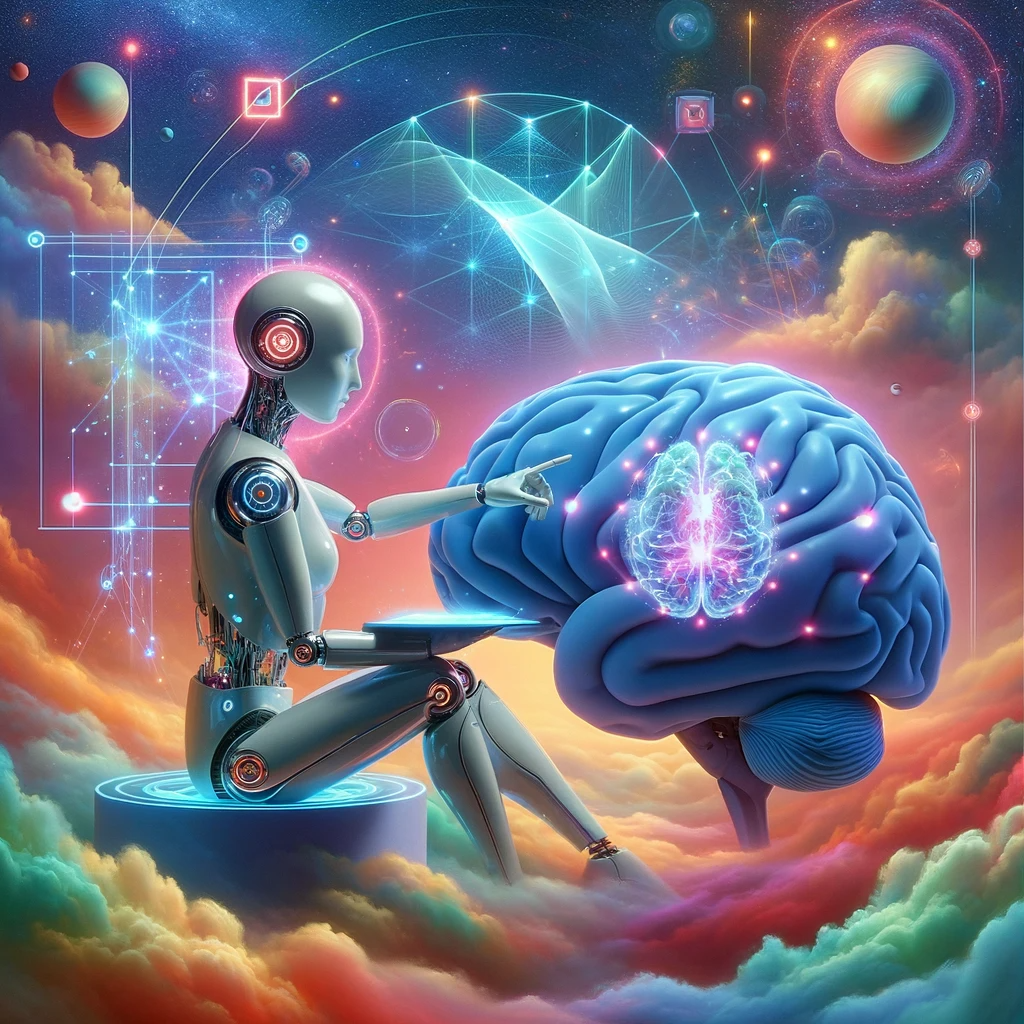
Introduction
Artificial intelligence (AI) and neuroscience are two fields that have become increasingly intertwined, with each benefiting from the advancements made in the other. AI, a branch of computer science, aims to simulate human intelligence in machines, enabling them to solve problems and make decisions. Neuroscience focuses on studying the structure and cognitive functions of the brain. In this scoping review, we explore the convergence between AI and neuroscience, highlighting their collaborative efforts in detecting and predicting neurological disorders.
The Role of Neuroscience in Advancing AI
Neuroscience has played a crucial role in the development of AI. By studying the biological neural network, researchers have been able to create complex deep neural network architectures. These architectures have paved the way for the development of versatile applications, including text processing, speech recognition, and object detection. Furthermore, neuroscience helps validate existing AI models, ensuring their accuracy and reliability.
Reinforcement Learning and Complex Applications
The concept of reinforcement learning, inspired by human and animal behavior, has led computer scientists to develop algorithms that enable artificial systems to learn complex strategies without explicit instruction. This type of learning has opened doors to the creation of applications such as robot-based surgery, autonomous vehicles, and gaming applications. AI’s ability to analyze complex data and extract hidden patterns makes it an ideal tool for analyzing neuroscience data, which is inherently complex. Large-scale AI-based simulations allow neuroscientists to test their hypotheses and gain a deeper understanding of the brain.
AI in Neurological Treatment
The integration of AI and neuroscience has significant implications for neurological treatment. By interfacing with the brain, AI-based systems can extract brain signals and commands, which can then be used to control devices such as robotic arms. This technology has the potential to assist individuals with paralyzed muscles or other impairments, enabling them to regain movement and independence. Additionally, AI has proven valuable in analyzing neuroimaging data, reducing the workload of radiologists and aiding in the early detection and diagnosis of neurological disorders.
The Future of AI and Neuroscience
The convergence of AI and neuroscience holds great promise for the future of neurological treatment. As AI continues to advance, it will play an increasingly important role in predicting and detecting neurological disorders. By leveraging AI’s ability to analyze vast amounts of data, researchers can develop more accurate diagnostic tools and treatment strategies.
Conclusion
AI has enabled the analysis of complex neuroscience data and the development of innovative applications. As these two fields continue to collaborate and evolve, the future of neurology holds great promise for improved patient outcomes and advancements in our understanding of the human brain.
